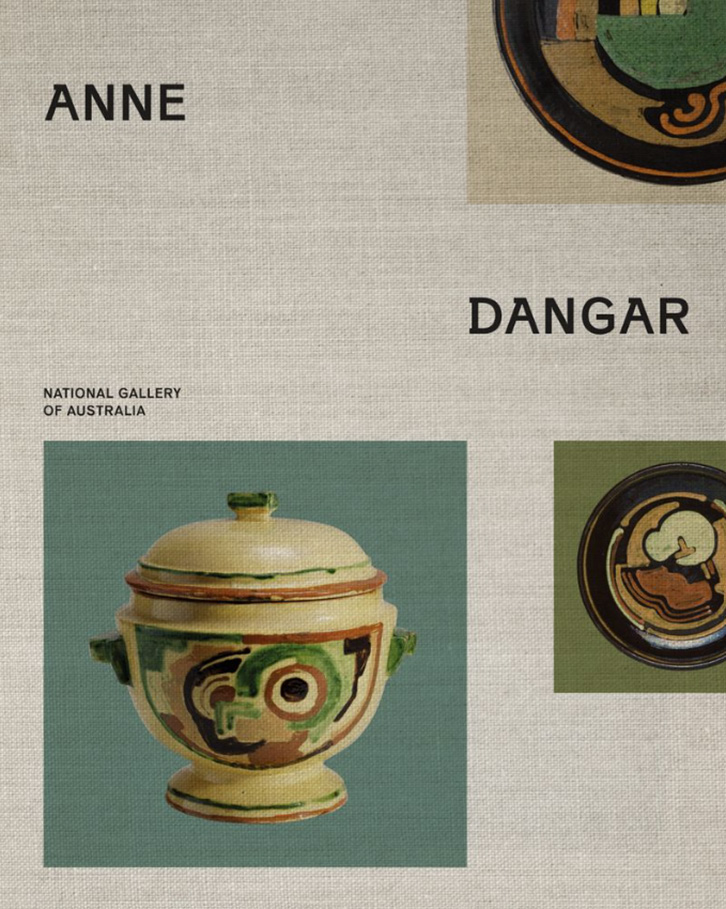Art Book: Anne Dangar (2024)

New Art Book
Anne Dangar
edited by Rebecca Edwards with
Peter Brooke (Contributor), A. D. S. Donaldson (Contributor),
Published by The National Gallery of Australia, Dec 2024.
Hardcover: 264 pages
ISBN-10: 0642335095
ISBN-13: 978-0642335098
The Australian cubist and potter Anne Dangar (1885–1951) has occupied a unique position in art history as one of the country’s most important yet underacknowledged modern artists. This publication accompanies a major retrospective exhibition celebrating Dangar’s life and art through previously unknown works, new scholarship, and perspectives on her practice.
It’s a beautiful publication which includes many valuable essays about Anne Dangar, including one by Anne O’Hehir which “brings a queer perspective to networks of Australian modernism in the twentieth century, contextualising and exploring the lesbian relationship between Dangar and Australian artist Grace Crowley (1890-1979) prior to 1930, and its influence on Australian art”.
Anne Dangar’s biography at Queer Australian Art
Anne Dangar (1885–1951) was an Australian-born artist who was renowned for her innovative pottery designs which fused traditional techniques with modernist motifs. Dangar was trained in Sydney as a painter under Horace Moore-Jones and later at Julian Ashton’s School of Art, where she taught from 1920 with fellow artist and rumoured lover Grace Crowley. Dangar travelled to Paris, France with Crowley, studying at the Paris academy of French Cubist André Lhôte. Dangar briefly returned to Sydney, attempting to introduce the modernist ideas she had learnt in France but was met with resistance amongst her conservative colleagues. In 1930 Dangar returned to France where she would remain until she died in 1951. Upon her return to France, she joined the Moly-Sabata artists’ commune where she learnt the traditional skills of local village pottery. firstly at the Poterie Clovis Nicolas, in St Désirat, Ardèche, in 1930-31, and from 1932 under Jean-Marie Paquaud at the Poterie Bert, Roussillon, Isère. She also became an active art and craft teacher to the local village children. Despite her physical distance, Dangar played a pivotal role in the development of Sydney’s cultural and artistic landscape through her letters to Crowley. Dangar’s work is found in several collections in Australia and France including the Musée National d’Art Moderne, Paris. – queeraustralianart.com
Related Link
Article: ‘The First Homosexuals’: Connecting Australian art and design to the world‘, by Peter McNeil FAHA (2024)